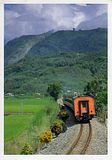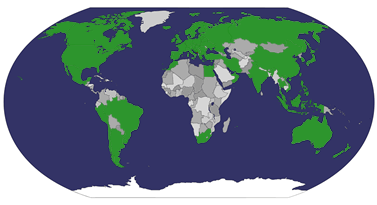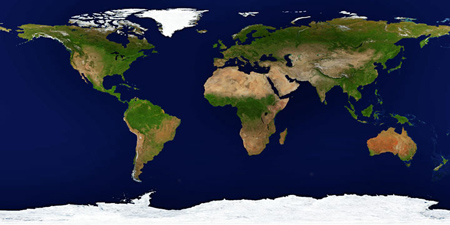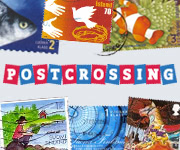
Yomeimon, Nikko, Japan (UNESCO WHS)
Nikkō Tōshō-gū (日光東照宮) is a Shinto shrine located in Nikkō, Tochigi Prefecture, Japan. It is part of the "Shrines and Temples of Nikkō", a UNESCO World Heritage Site.
Tōshō-gū is dedicated to Tokugawa Ieyasu, the founder of the Tokugawa shogunate. Initially built in 1617, during the Edo period, while Ieyasu's son Hidetada was shogun, it was enlarged during the time of the third shogun, Iemitsu. Ieyasu is enshrined here, and his remains are entombed here.
During the Edo period, the Tokugawa shogunate carried out stately processions from Edo to the Nikkō Tōshō-gū along the Nikkō Kaidō. The shrine's annual spring and autumn festivals reenact these occasions, and are known as "processions of a thousand warriors."
Five structures at Nikkō Tōshō-gū are categorized as National Treasures of Japan, and three more as Important Cultural Properties. Additionally, two swords in the possession of the shrine are National Treasures, and numerous other objects are Important Cultural Properties. Famous buildings at the Tōshō-gū include the richly decorated Yōmeimon, a gate that is also known as "higurashi-no-mon." The latter name means that one could look at it until sundown, and not tire of seeing it. Carvings in deep relief, painted in rich colors, decorate the surface of the structure. The next gate is the karamon decorated with white ornaments. Nearby, a carving of the sleepy cat, "Nemuri-Neko", is attributed to Hidari Jingorō.
The stable of the shrine's sacred horses bears a carving of the three wise monkeys, who hear, speak and see no evil, a traditional symbol in Chinese and Japanese culture.
The original five-story pagoda was donated by a daimyo in 1650, but it was burned down during a fire, and was rebuilt in 1818. Each story represents an element - earth, water, fire, wind and heaven - in ascending order. Inside the pagoda, a central shinbashira pillar hangs from chains to minimize damage from earthquakes.
Hundreds of stone steps lead through the cryptomeria forest up to the grave of Ieyasu. A torii at the top bears calligraphy attributed to Emperor Go-Mizunoo. A bronze urn contains the remains of Tokugawa Ieyasu.
日光東照宮是一位於日本栃木縣日光市山內,建於1617年(元和3年)的神社,屬於德川家靈廟之一,主要祭祀的是將江戶幕府初代將軍德川家康神格化後的神明「東照大權現」。日光東照宮是遍佈日本全國的諸多東照宮之總本社,神社原本的正式名是不加上地名的「東照宮」,但為了作為區分,因此習慣上會在社名之前加上地名,而成為「日光東照宮」。
東照宮位於日光山(又稱為日光連山,由男體山、女峰山以及太郎山組成)山麓。建築樣式採「權現造」與「八幡造」式樣,也就是以大量的石材作為地基再配合木製結構;八幡造則是以前後二進建築的結構,也就是說整個東照宮除了以石材作為地基之外,還有前殿與後(內)殿的分別。東照宮的社格為別格官幣社,例行祭典日期為每年5月17日與5月18日。東照宮旁還有輪王寺以及日光二荒山神社,並稱為「二社一寺」。
東照宮于1999年被聯合國教科文組織批准為世界文化遺產。東照宮內有許多著名文物,有用從中國運來的木材,請中國高手匠人雕刻的「唐門」,其上雕刻的都是中國典故,如「許由洗耳」、「竹林七賢」等。有一個馬廄,上面雕刻三個用爪子捂著眼、耳、嘴的猴子,取自《論語》中的「非禮勿視,非禮勿聽,非禮勿言,非禮勿動。」,日本的庚申年郵票曾取其圖案。荷蘭貝婭特麗克絲女王訪問日本參觀時,見馬廄是空的,特地贈送一匹荷蘭馬。這些目前都成為日本的文化財產。
References sources : Wikipedia




























 Postcards received from
Postcards received from 









































































0 comments:
Post a Comment